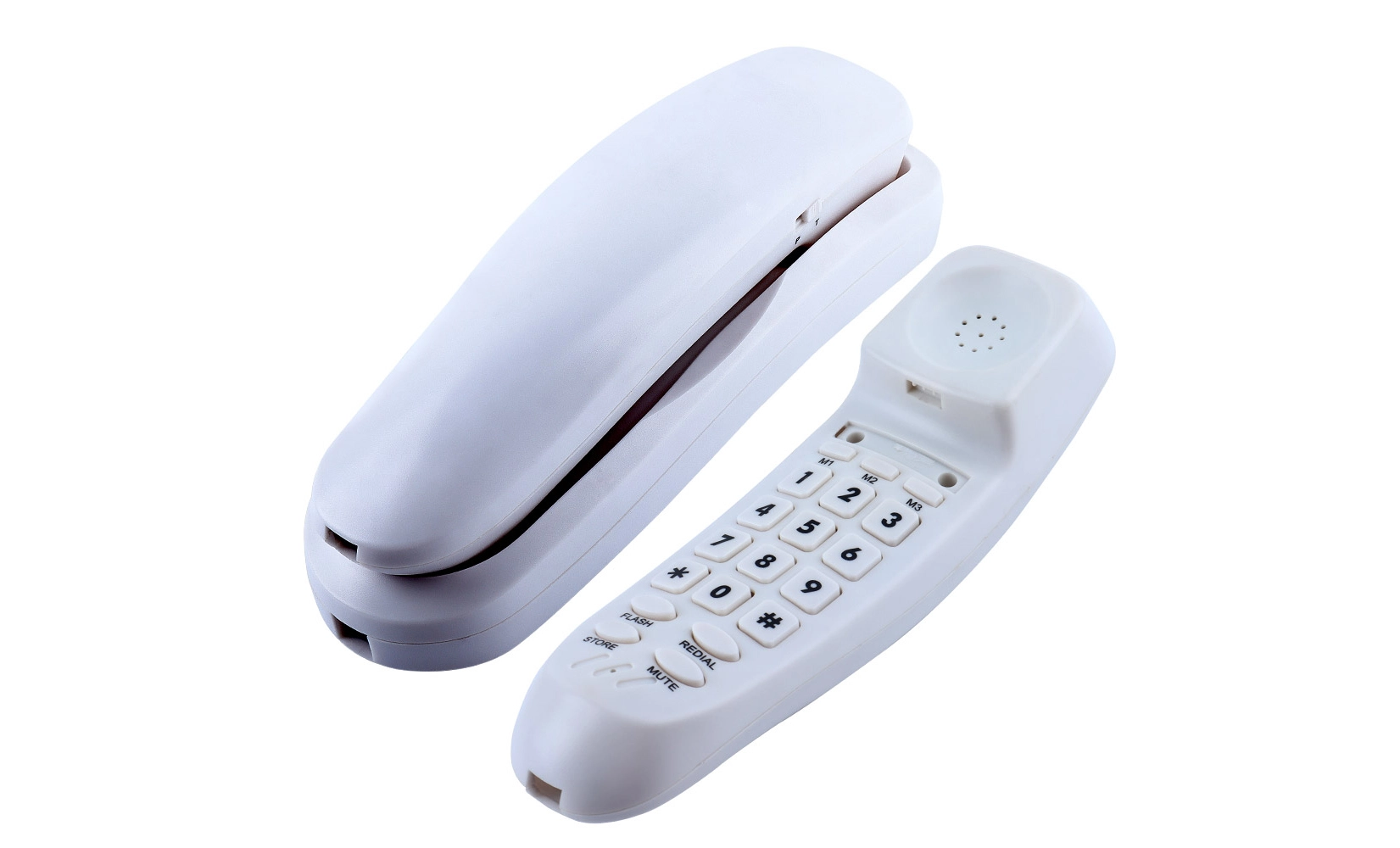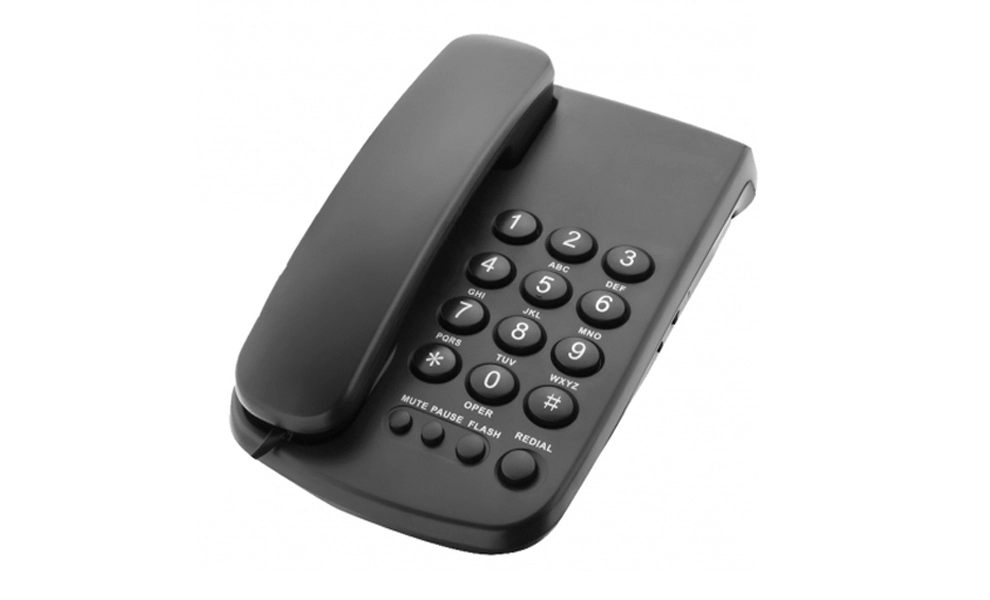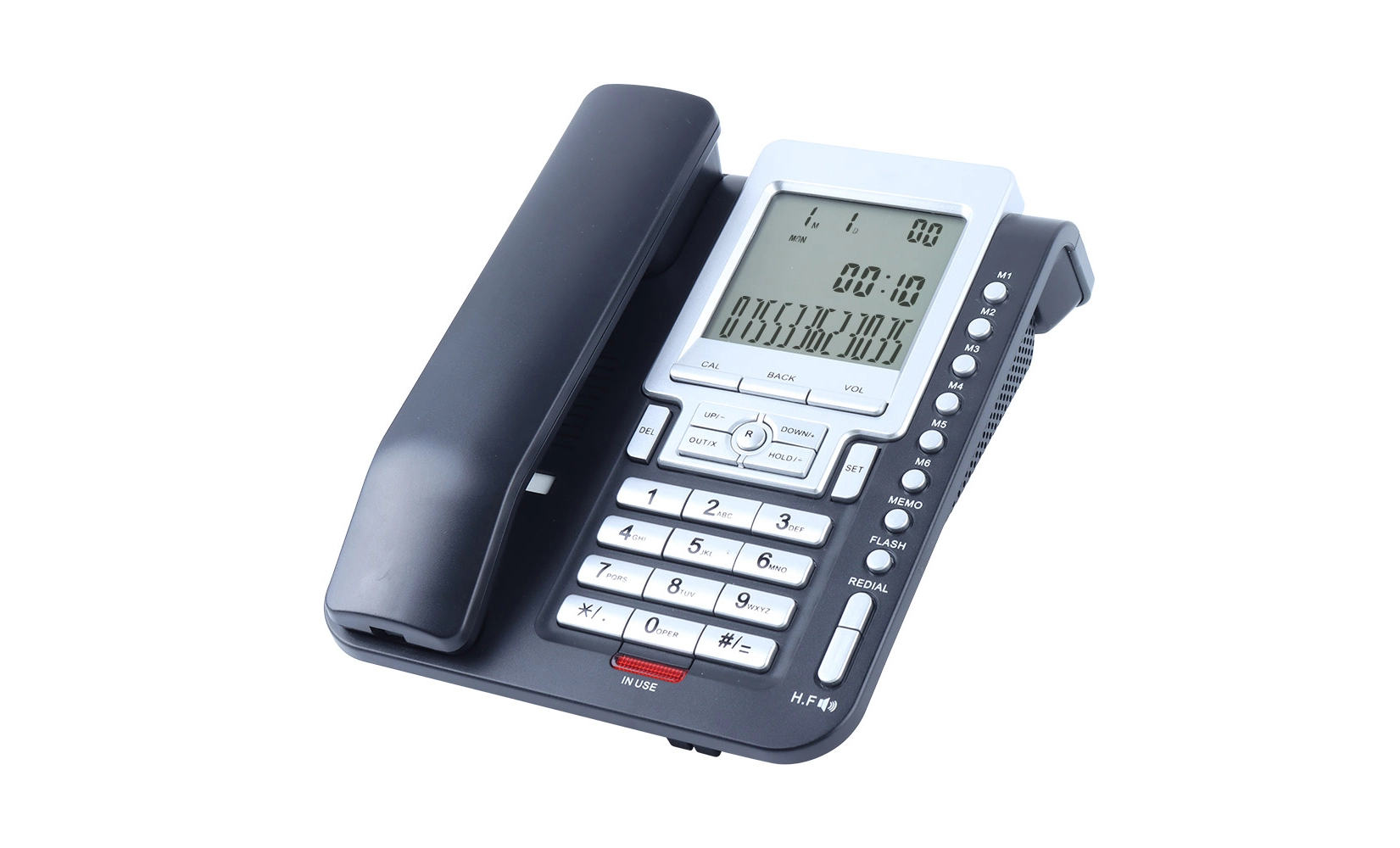The Birth and Rise of the Trimline Telephone
Origins and Design Innovation
The trimline telephone emerged from a desire to create a more compact and user-friendly communication device. In the early 1960s, engineers at Western Electric, the manufacturing arm of Bell System, embarked on a mission to redesign the traditional telephone. Their goal was to develop a phone that would not only save space but also offer enhanced functionality.
The result was nothing short of revolutionary. The trimline telephone's most distinctive feature was its integrated dial (later replaced by buttons) within the handset itself. This design eliminated the need for a bulky base, allowing for a much slimmer profile. The hang-up button, cleverly positioned between the earpiece and mouthpiece, further contributed to its streamlined appearance.
Market Impact and Consumer Reception
When the trimline telephone hit the market in 1965, it quickly captured the public's imagination. Its sleek design and practical features resonated with consumers who were increasingly valuing aesthetics alongside functionality in their home appliances. The phone's ability to be used comfortably while lying down or in tight spaces made it particularly popular in bedrooms and small apartments.
The trimline's success wasn't just about its looks. It offered genuine improvements in usability. The lighted dial made nighttime calls easier, while the compact design allowed for more flexible placement options. These features helped the trimline telephone become a staple in American homes, offices, and hotels for decades to come.
Technological Advancements and Adaptations
From Rotary to Push-Button
As technology progressed, so did the trimline telephone. The initial models featured a rotary dial, reflecting the dominant technology of the time. However, with the advent of touch-tone dialing in the late 1960s, the trimline adapted. New models incorporated push-button keypads, further enhancing the phone's ease of use and modernizing its appearance.
This transition from rotary to push-button wasn't just a cosmetic change. It represented a significant leap in telephony, allowing for faster dialing and compatibility with automated phone systems. The trimline's ability to seamlessly incorporate this new technology demonstrated its adaptability and ensured its continued relevance in the evolving telecommunications landscape.
Integration of New Features
As consumer expectations grew, the trimline telephone continued to evolve. Manufacturers introduced various features to keep pace with changing needs:
- Memory dialing: Some models could store frequently called numbers for quick access.
- Volume control: Adjustable handset volume improved accessibility for users with hearing impairments.
- Mute function: This feature allowed users to temporarily silence their microphone during calls.
- Last number redial: A convenient feature for quickly redialing the last called number.
These additions ensured that the trimline telephone remained competitive even as more advanced cordless phones began to enter the market. Its ability to incorporate new features while maintaining its core design principles was a testament to the soundness of its original concept.
Cultural Impact and Legacy
The Trimline as a Design Icon
The trimline telephone's influence extended far beyond its practical applications. Its sleek, minimalist design became an icon of mid-century modern aesthetics. The phone's appearance in countless homes, offices, and hotel rooms made it a ubiquitous symbol of modern communication.
Design museums around the world have recognized the trimline's significance. Its inclusion in permanent collections, such as the one at the Museum of Modern Art in New York, underscores its status as a design classic. The trimline's elegant solution to combining form and function continues to inspire industrial designers across various fields.
Influence on Future Telephone Designs
The trimline telephone's impact on subsequent phone designs cannot be overstated. Its concept of integrating the dial into the handset paved the way for more compact and ergonomic designs in both corded and cordless phones. The idea of prioritizing user comfort and space efficiency became a standard consideration in telephone design.
Even as mobile phones have largely supplanted landlines, the principles embodied by the trimline telephone remain relevant. The emphasis on sleek design, user-friendly interfaces, and multifunctionality in modern smartphones can be traced back to the innovations introduced by the trimline.
Nostalgia and Collectibility
In recent years, there has been a resurgence of interest in vintage telephones, with the trimline holding a special place in this trend. Collectors and enthusiasts seek out original models, appreciating them not just for their historical significance but also for their enduring aesthetic appeal.
This renewed interest has led to the production of modern replicas and retro-inspired designs that pay homage to the trimline's classic look. These contemporary interpretations demonstrate the lasting impact of the trimline's design philosophy, bridging the gap between nostalgia and modern functionality.
Conclusion
The trimline telephone stands as a testament to innovative design and adaptability in the face of technological change. From its groundbreaking introduction in 1965 to its enduring influence on modern communication devices, the trimline has earned its place in the annals of telecommunications history. Its legacy serves as a reminder of how thoughtful design can transform everyday objects into cultural icons, shaping not just how we communicate, but how we interact with technology in our daily lives.
Corded trimline phones made in CE/FCC approved plant | CHEETA
Shenzhen Cheeta Technology Co., Ltd. excels in producing high-quality analog telephones, including trimline models. With 18+ years of OEM/ODM expertise, our 1,200㎡ facility houses 100+ skilled workers and 10 senior engineers, enabling a daily production of 1,000 units. Our products meet stringent CE, RoHS, FCC, and UN38.3 standards, undergoing 11 rigorous inspection steps to ensure reliability. CHEETA's trimline phones blend classic design with modern functionality, offering features like redial, flash, and tone/pulse switching. Our space-saving, wall-mountable options are ideal for various settings, from homes to businesses. For customized solutions or more information about our trimline telephone offerings, please contact us at allen@cheeta.com.cn.





